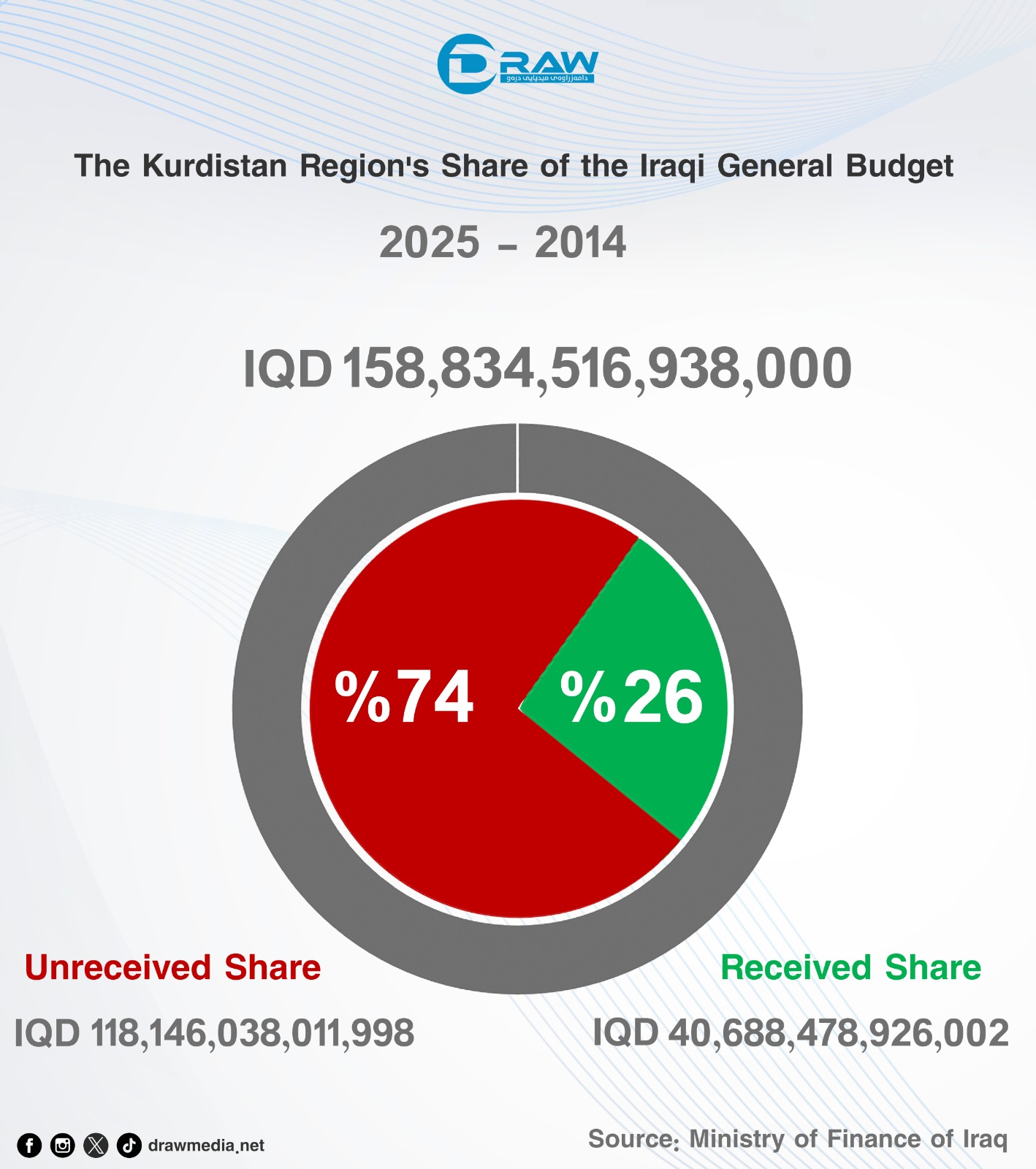The US election will come down to the “swing states,” but Harris has an advantage over Trump
.jpg)
2024-09-17 12:15:59
Draw Media, Winthrop Rodgers
US voters will go to the polls on November 5 to elect a new president. The Republican Party selected former President Donald Trump, who is seeking to recapture the post that he lost in 2020. The man who beat him, President Joe Biden, dramatically declined to continue his reelection campaign earlier this summer in response to concerns about his age. Instead, the Democratic Party nominated Vice President Kamala Harris. She will become the first woman to be US president if she wins.
With just a few weeks to go, the race is close. Observers from Kurdistan, Iraq, and around the world are wondering what will happen. For many people, the process of the US election can be confusing, but it helps to keep a few key aspects in mind.
The US has a federal system of government and it uses what is known as the “Electoral College” to determine who becomes president. Each state is given a number of electoral votes, which are roughly proportional to the size of its population. For example, California is the largest state and has the most electoral votes with 54, while smaller states like Wyoming and Vermont only have three.
To win the presidency a candidate must get at least 270 electoral votes. The total number of votes that a candidate receives from across the entire country — known as the “popular vote” — is irrelevant. In fact, in two of the last six cycles — George W. Bush 2000 and Trump in 2016 — the winner got fewer votes overall, but was still elected because they got more electoral votes.
Most states give all of their electoral votes to whoever wins the state, although there are two exceptions. The parties want to come first in as many states as they can, especially if they have large populations like New York or Texas. However, there are many states with clear political leanings and the outcome can be predicted ahead of time. For example, Democrats are almost certain to win in places like Massachusetts, while Republicans will definitely win Tennessee.
Each cycle there are a few “swing states” that could go either way. With the US pretty evenly divided between Republicans and Democrats, how these states vote becomes extremely important. They are where the contest will be decided.
In 2024, there are seven swing states where either candidate has a good chance of winning: Pennsylvania (which has 19 electoral votes), North Carolina (16), Georgia (16), Michigan (15), Arizona (11), Wisconsin (10), and Nevada (6). Harris and Trump will hold many rallies in these states and spend lots of money on TV advertisements to convince voters to support them. Whoever can win in enough of the right states in this group will become president.
At the moment, Harris has a slight edge in polling averages, which change as new surveys are added. As of writing, she is currently leading in Pennsylvania, Michigan, and Wisconsin. These three states alone have enough electoral votes to get her to 270 and secure the White House. She is also leading in Nevada. Trump has a slight edge in Arizona, North Carolina, and Georgia, but these will not be enough to win. However, he still has a decent shot at winning if Harris stumbles. The race remains extremely close.
Pennsylvania is particularly important for both campaigns. It has a lot of electoral votes — more than any of the other swing states — and a history of voting for both Republican and Democratic candidates for president, congress, and at the state level.
It has two major cities, Philadelphia and Pittsburgh. These are vote-rich areas because of their large populations. Many young people, Blacks, and members of labor unions live there and they vote overwhelmingly for Democrats. In between these two cities, there are vast rural areas, where voters tend to be strongly Republican. Many people here are White and are more conservative than the voters in the cities. There are also suburbs and smaller cities that have a mix of voters.
Harris will need to win by very large margins in Philadelphia and Pittsburgh and do well in their suburbs in order to off-set Trump’s strength in rural parts of the state. If she can do this, she will win Pennsylvania — and most likely the White House.
On September 10, Trump and Harris debated each other in Philadelphia. They clashed on a variety of topics, including the economy, immigration, abortion, and foreign policy. Polling afterwards showed that more voters thought Harris did a better job because she appeared calm, empathetic, and prepared. In contrast, Trump focused heavily on fears about the impact of immigrants and spouted racist lies. He was widely criticized, including by members of his own party.
The debate exposed a stark contrast between the two candidates among voters, many of whom are just now starting to pay attention to the election. It will merely reinforce the preexisting preferences of Democrats and Republicans, but Trump seems to have hurt himself among undecided voters with his poor performance. He has, in fact, refused to debate Harris again, likely to avoid getting embarrassed a second time.
There is still a month and a half to go before the election on November 5. This is a long time in politics and many things can change in the meantime. Moreover, polling does not necessarily provide the full picture, as was the case when Trump was first elected in 2016.
For now, however, it looks like Harris has a slight advantage based on polling in key swing states like Pennsylvania, Michigan, and Wisconsin. She also has greater momentum than Trump coming out of the debate. But keep a close eye on the swing states over the next several weeks. That is where the race will be won or lost.
Related Post


.jpg)
.jpg)



.jpg)

.jpg)
